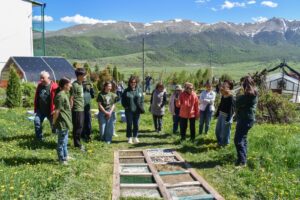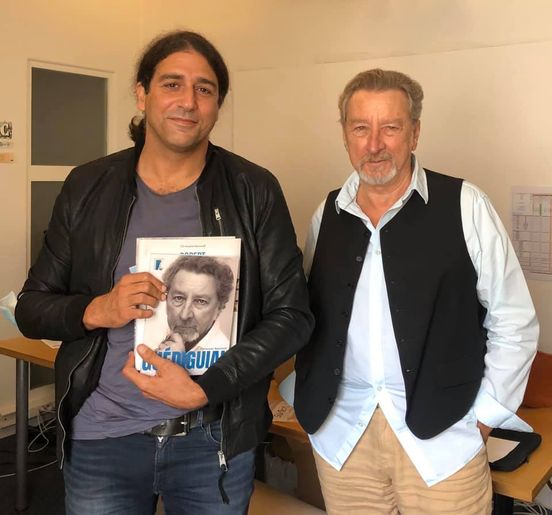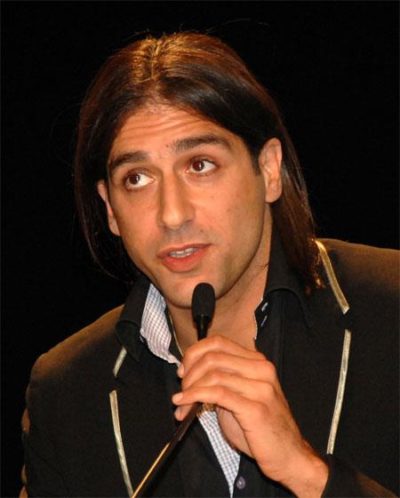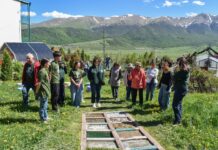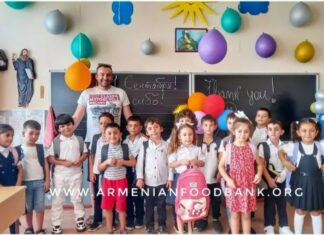YEREVAN/GLENDALE — Eddy Vicken is a documentary filmmaker, born in 1976 in Paris and currently residing in Los Angeles. In 1995-1998 he received his bachelor degree at Audiovisual Production and Direction ESRA Paris (Higher School of Audiovisual Direction) and in 1995 his Baccalaureate in Economics. He worked as assistant director, an editor and a cameraman before becoming an author and a director of documentary films. Since 2017 Vicken has made a number of reports for Invitation to Travel TV program of French-German ARTE TV (broadcasting every weekday since March 2017), presenting various corners of the planet, including Armenia, Italy, Jordan, Greece, Israel and Palestine, etc.
For TV5 Monde and TPS Ciné Cinétoile Vicken shot series of portraits devoted to filmmakers of the golden age of French cinema, including Christian-Jacque, “The Man Who Loved Women” (2003), Henri-Georges Clouzot, “A Singular Tyran” (2004), Marcel Carne, “The Living Camera” (2005), Roger Vadim, “A Billionaire of Happiness” (2006). For KTO TV Vicken made documentaries on Pater Noster on the monastic day at the Carmel of the Pater in Jerusalem, and a program presenting a day with the Benedictine monks of the Barroux Abbey (winner of the Best First Documentary Award – Lauriers de la Radio et Télévision Française), etc.
His filmography includes “Kosovo, a powder keg in Europe” (documentary on the Serbian minority in Kosovo), interviews with Suzy Delair, Brigitte Bardot, Claudia Cardinale, Robert Hossein, Annie Girardot, Jane Fonda, etc., documentaries about celebrities of past (Howard Hughes, Elvis Presley, John Huston), etc.
Eddy, while going though your filmography one can think you are always on the move.
Lately I’ve been mainly involved with short-format documentaries that I have to provide for Arte’s daily magazine called “Invitation to Journey.” I loved to develop longer formats, 52 minutes or more, which ask for a long involvement, more consequent budgets, but those short docs with the daily show give me the opportunity to be more flexible in the themes I deal with. Among film expressions, I always had a particular preference for documentaries, whatever the format. I love the genuine aspect of it, the fact that it allows to show places, subjects connected with reality, though not easily accessible. It brings knowledge to people, culture, a true enrichment because seeing foreign lands and letting people express themselves is the best way to apprehend our world in my opinion. I would literally become crazy if I was not able to discover unknown places, and try to apprehend humanity in the many aspects offered by the subjects that I choose to explore. I love to listen other people’s stories and bring them to an audience, as much as I can, undistorted.
In 2009-2019 you were in charge of Vicken Productions Audiovisual Production Company. What projects your company has made?
